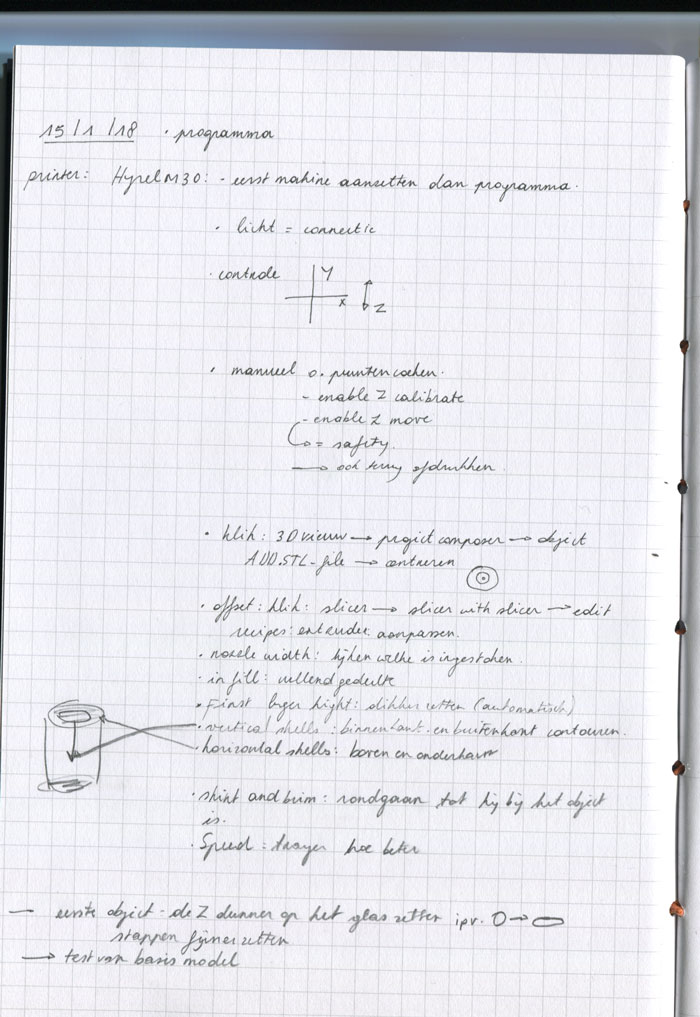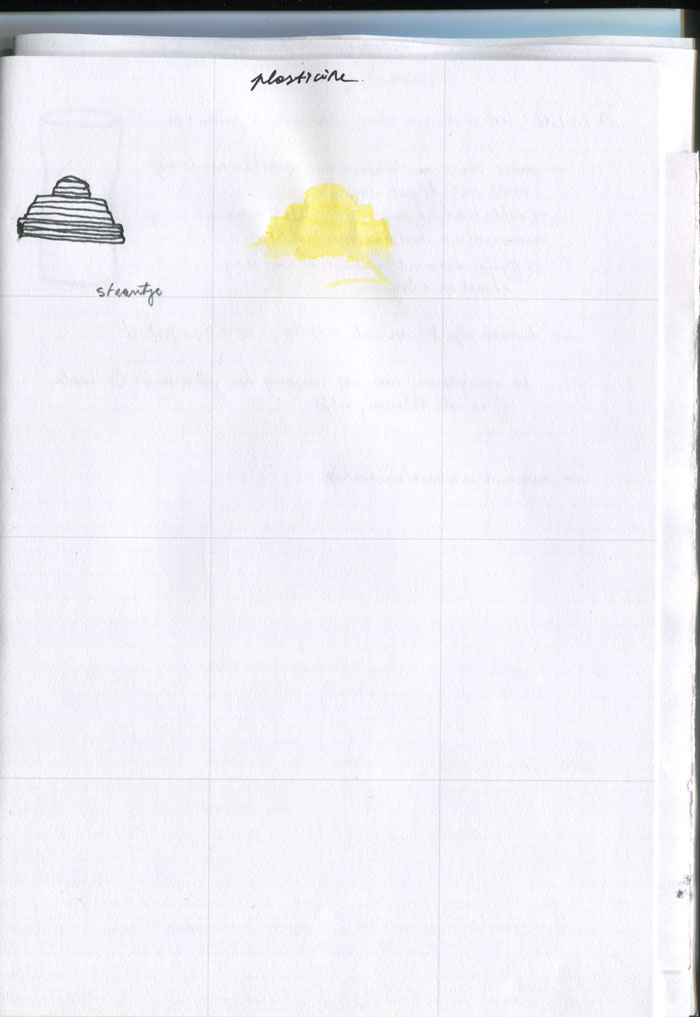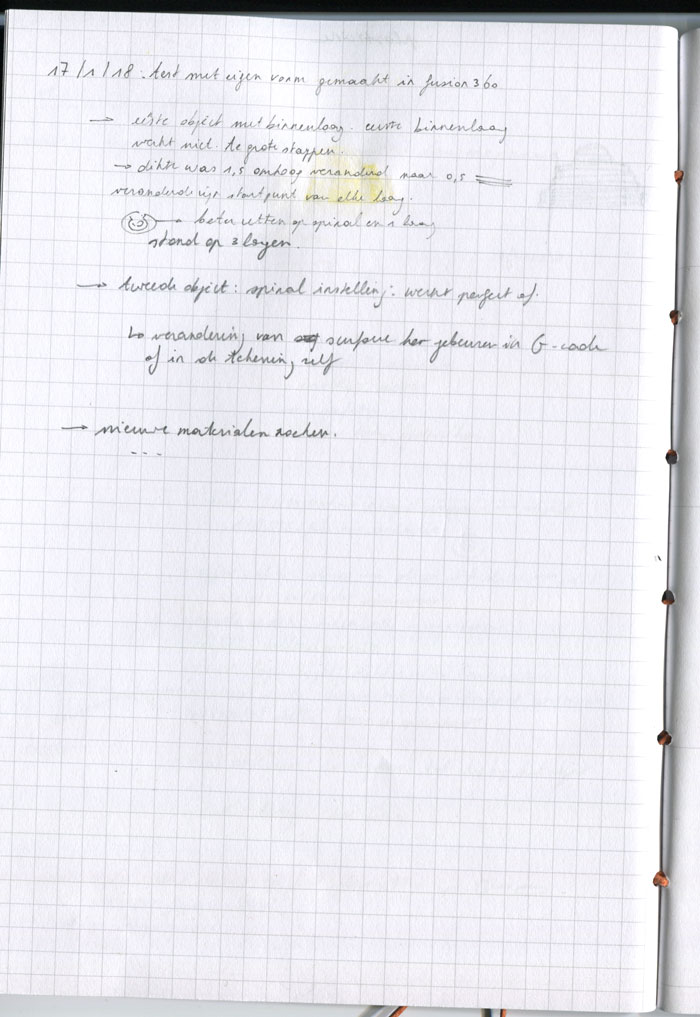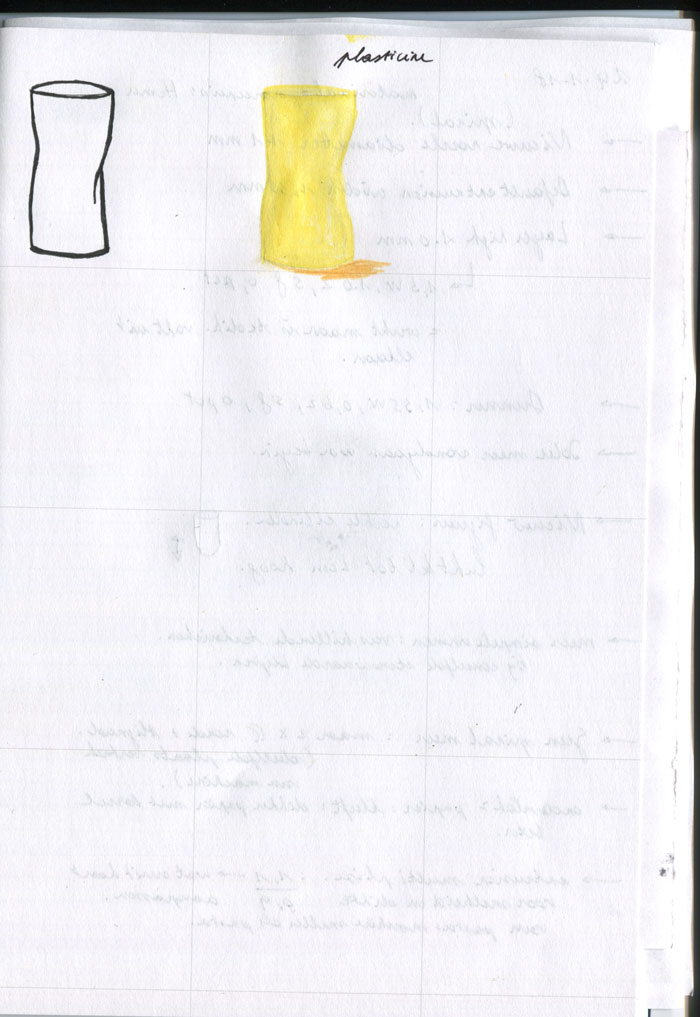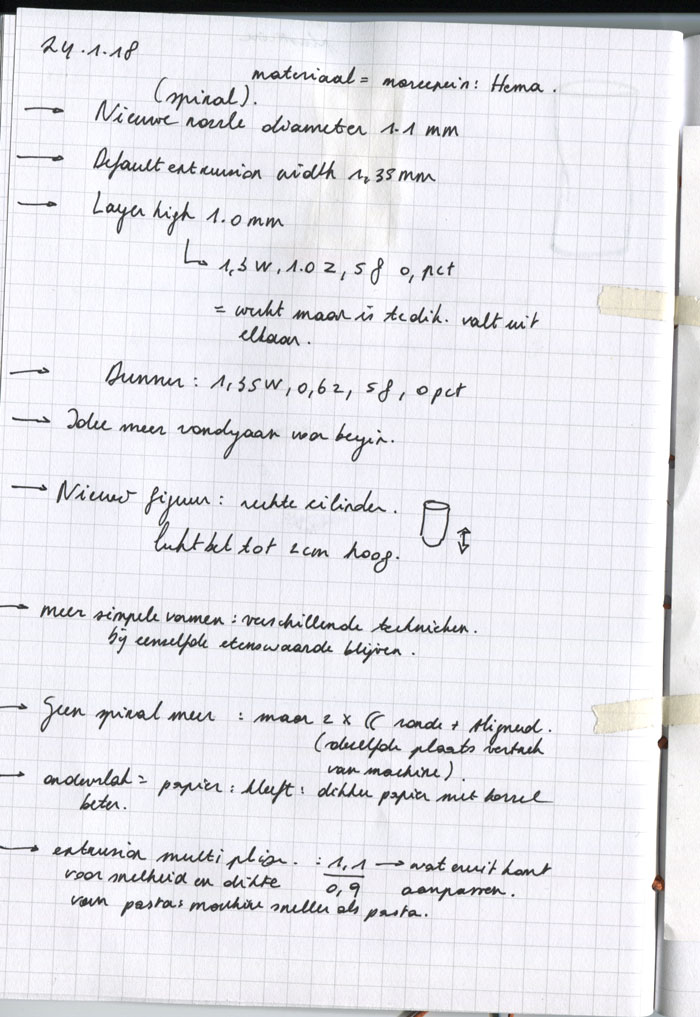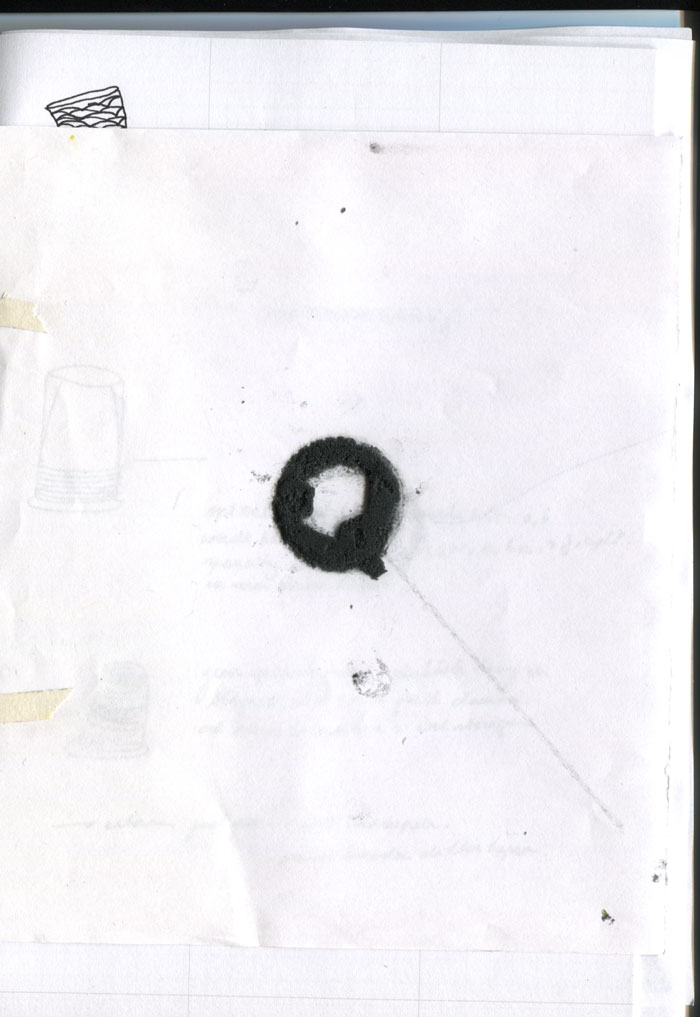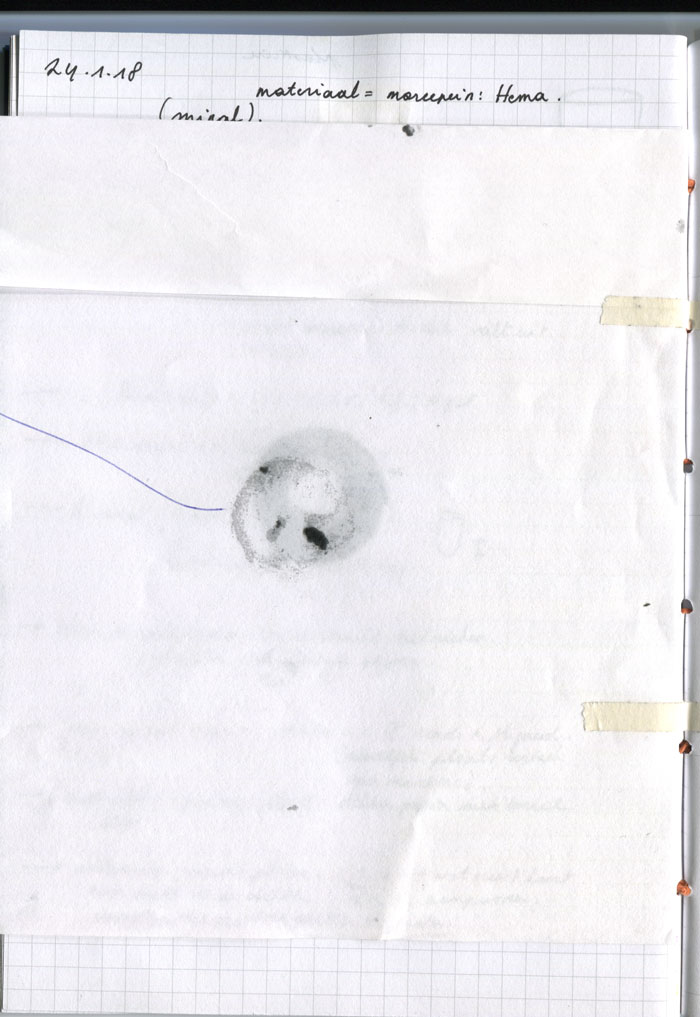Reseach project 'Tools For Things And Ideas'
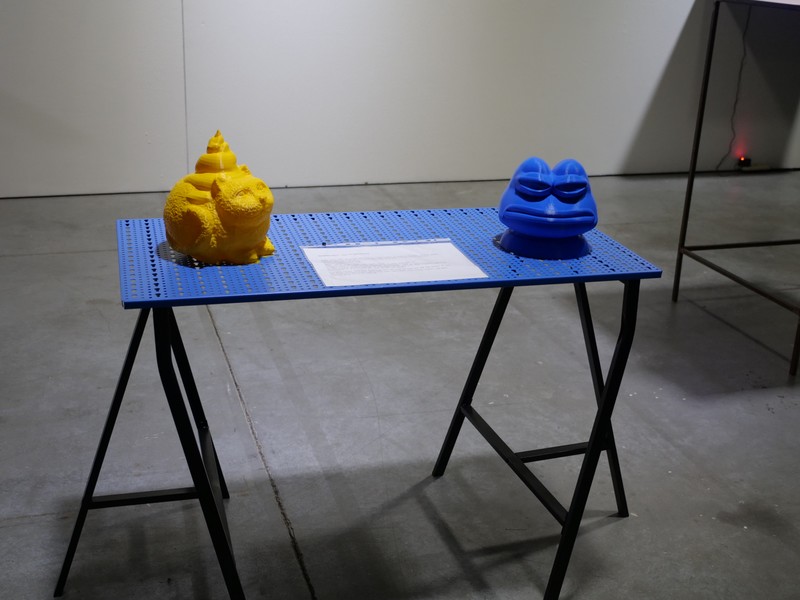
Formlab started a 3-year research project in november 2018. Have a look at the webste of Tools For Things And Ideas.
Research project from Sam Dieltjens: The guardians of the third reich.
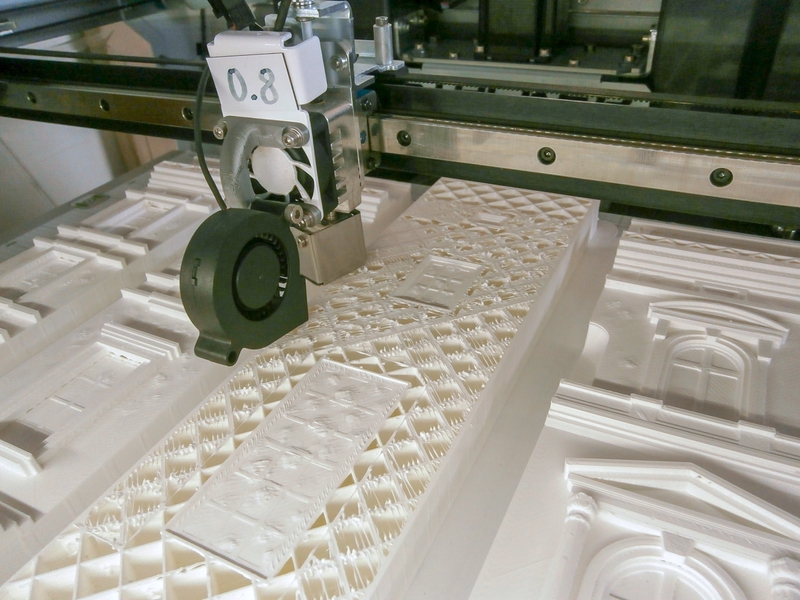
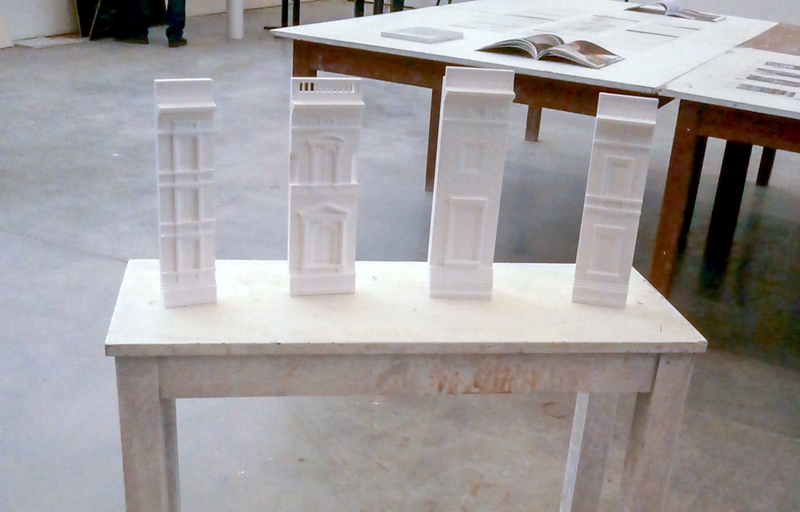
Here are a few images of the production and display of the seven bays we made. The prints are part of the research project ‘Dwelling, the Conversation Pieces’. Dwelling has a double meaning of both 'living somewhere' and 'building'. Artist Harald Thys was fascinated by the Neue Reichkanzlei from Albert Speer (for Adolf Hitler). This inspired me to create a 3D model of the building. Creating this model, it appeared to me the 415m long facade is constructed through a composition of only 7 pieces, each between 4 and 5m wide (corner pieces and gatehouses not included).
As a modern architect, this felt like an interesting excursion to recent neoclassicism to me. By separating the pieces, it's striking how similar the bays are to the human body: higher than wide, and even less deep, symmetrical and provided with a base, middle and top part. Just like the body, the bays look rather charming. Each piece becomes a chacacter: the bays on the outside are more majestic than the ones bordering the garden, and the bays open to the public are friendlier than the ones on the military side.
Recycling sheets of PETG into 3D printer filament
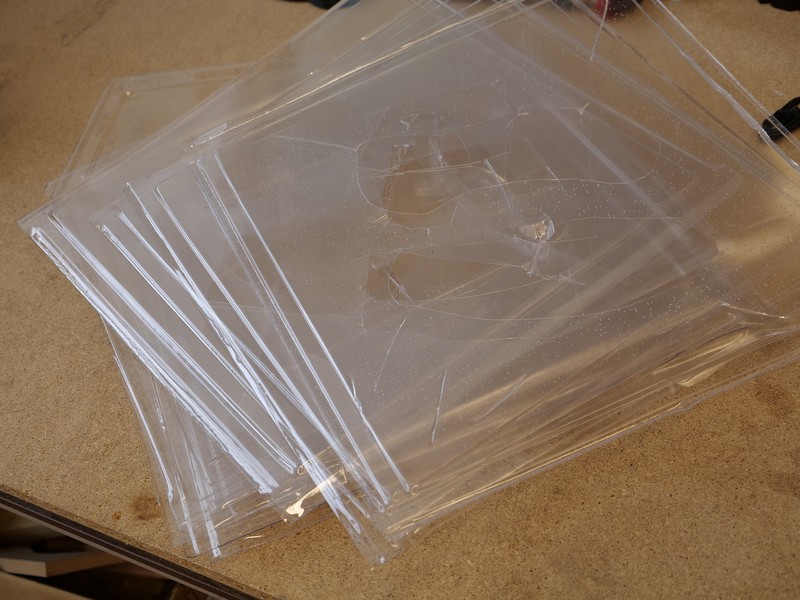
These sheets of 1mm PETG are leftovers from vacuum form jobs.
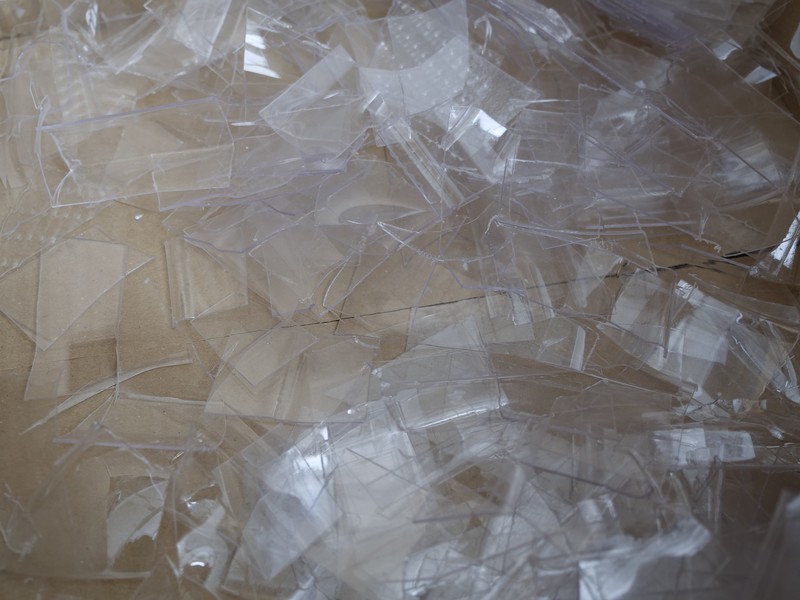
They are manually cut to manageable pieces for the shredder.
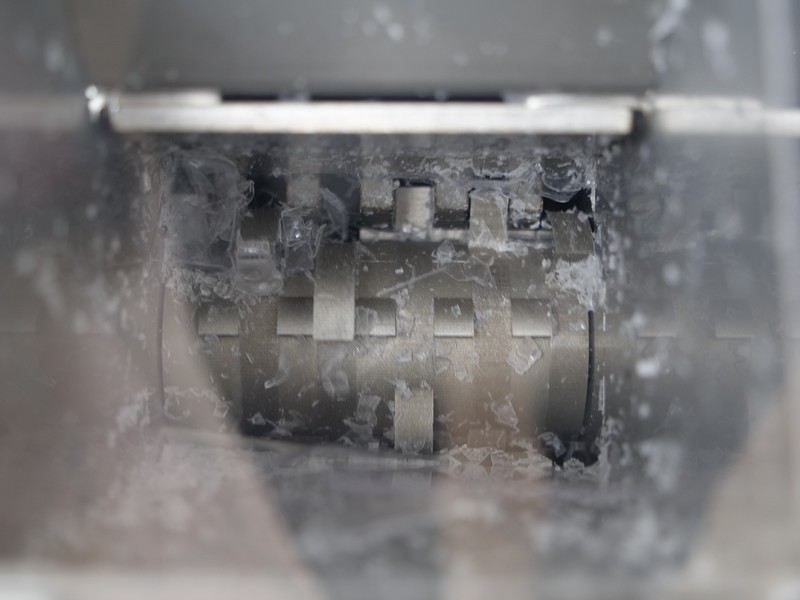
The shredder reduces the pieces again to a smaller size. The elasticity of the PET material gives the shredder a hard time.
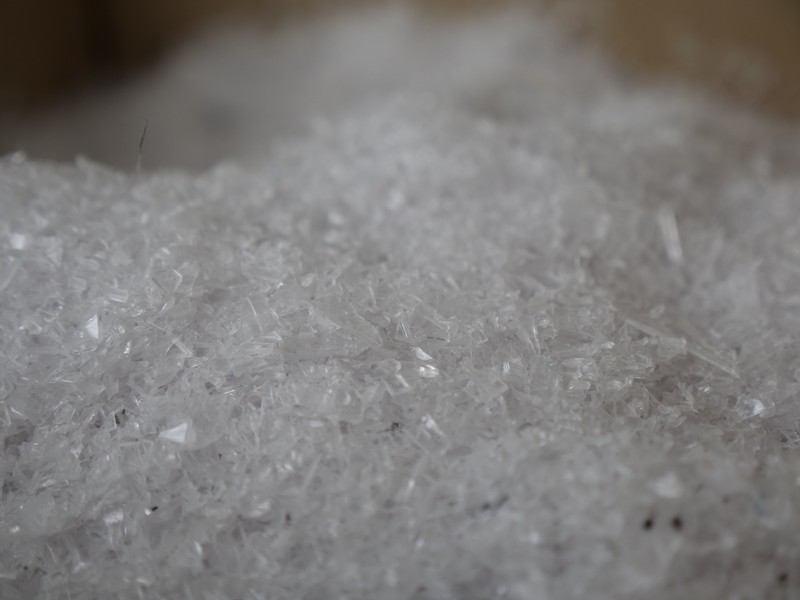
The result is granulate that can be dried and then melted in the extruder.
Printing with beeswax
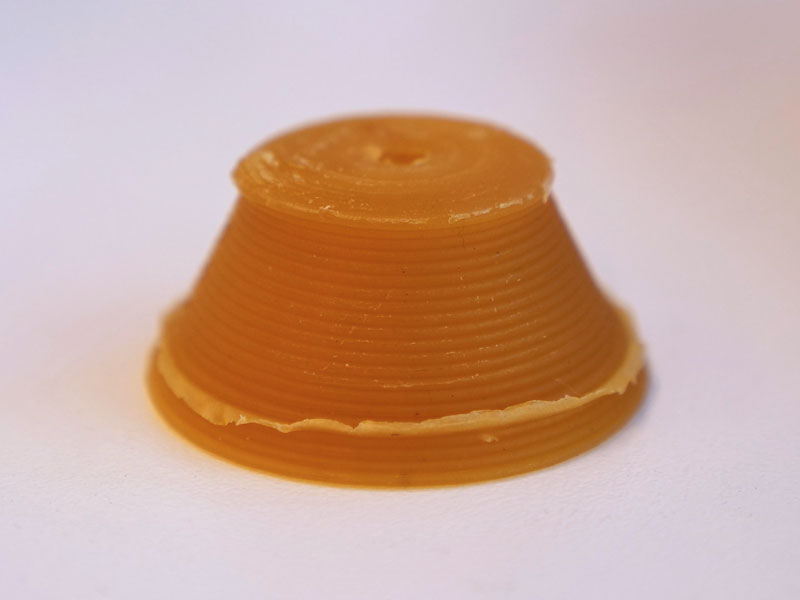
Vanessa Müller tested the effect of different temperatures and nozzle sizes when printing with beeswax. During this test, the syringe was heated to 35°C and the beeswax extruded as a paste through a 1mm nozzle. The skirt halfway and the rim at the top were results of missing steps on the Z-axis. The lines look nice and tidy, but they could be peeled away easily. At these temperatures they didn't stick together well.
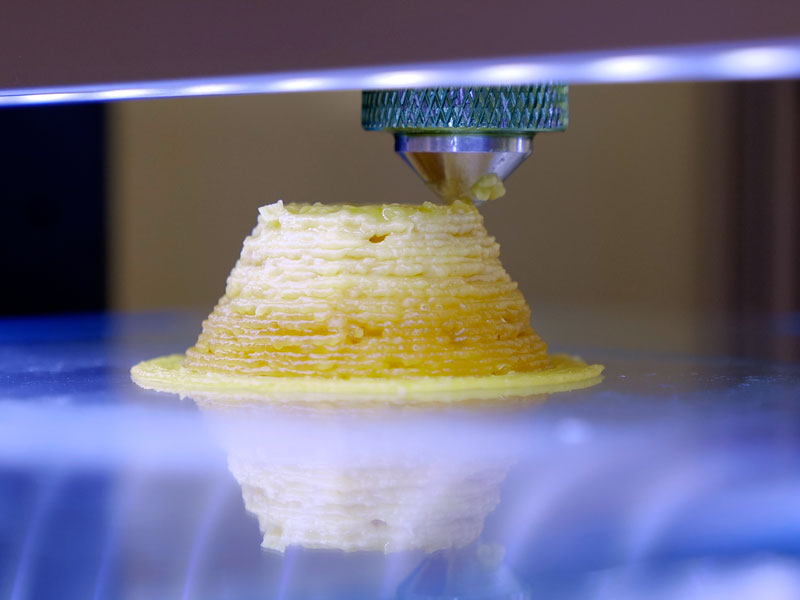
Step by step the temperature was raised. In this test, the syringe was heated up to 60°C which was the highest temperature Vanessa tested. At that point, the wax was mostly liquid. Even then it wanted to clump together. We thought that a thinner nozzle opening and smaller layer height might create a more consistent extrusion, but that was not the case. The extrusion was very unstable, with some parts of the wax fully liquid and other parts blocking the nozzle. The color gradient shows the temperature of the wax: light when exiting the syringe, and darkening to the regular wax color when it cools to room temperature.
Making Tool holder-holders
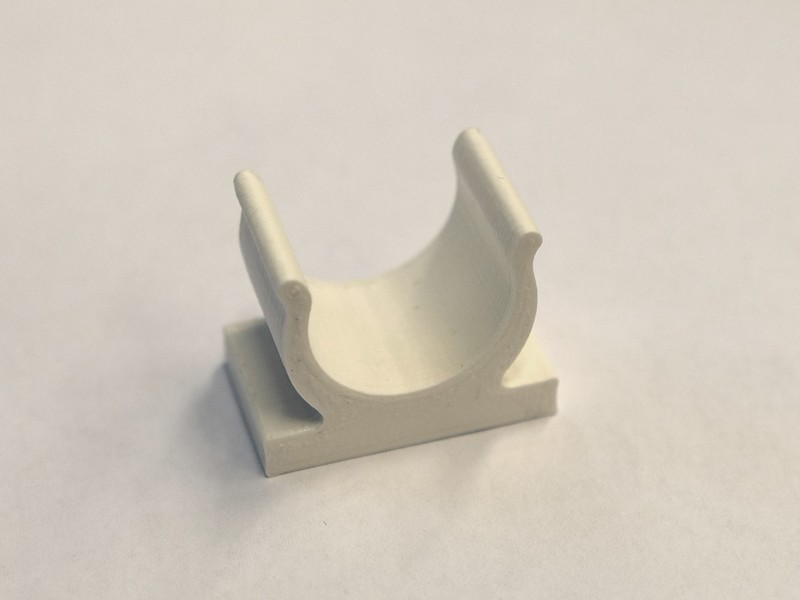
To stop the SK11 milling bit tool holders from rolling away, I decided to make some holders for them. I started with a 3D printed clamp-section to test a snap-fit.
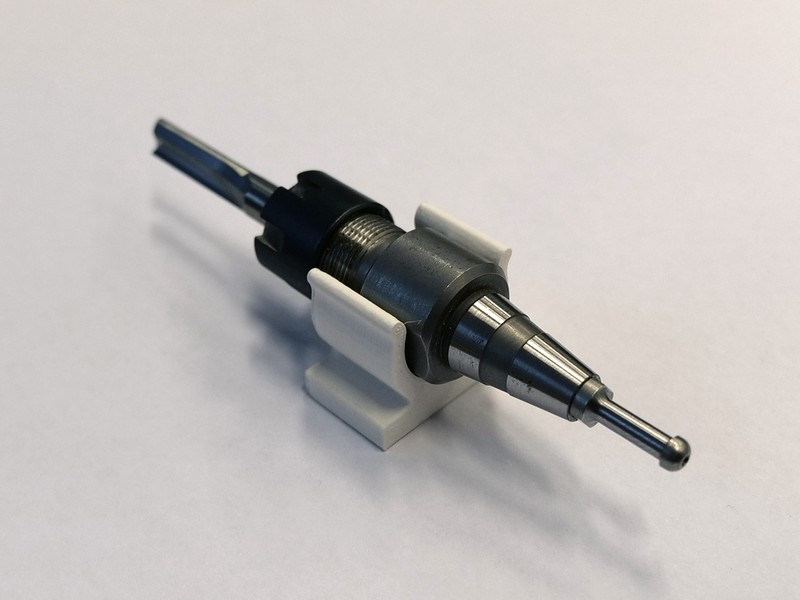
It did fit surprisingly well on the first try. Note that if you want to keep tension on the object, PLA is not a good material. It will loose clamping strength over time.
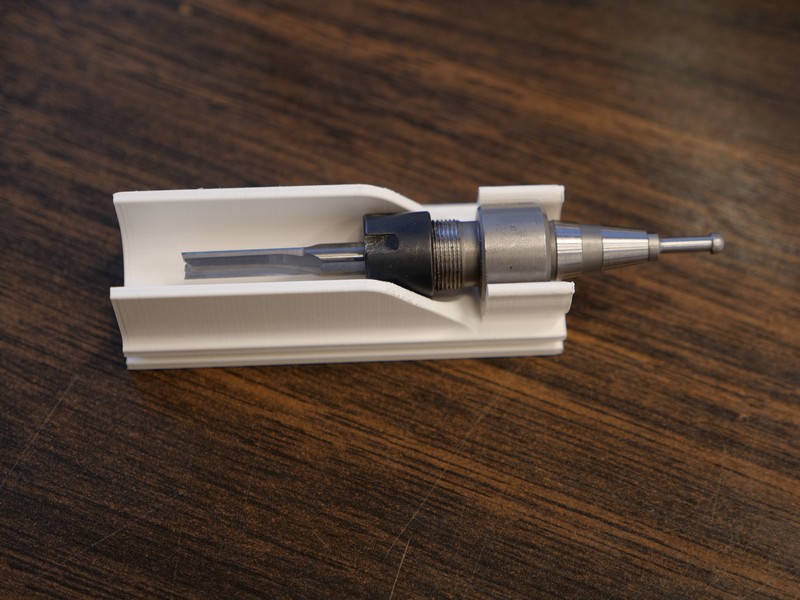
A first version of the holder. I added a guard for the sharp milling bits and connector elements left and right. I wanted to make the holder modular, so multiple holders could be attached to one another. They didn't fit on first try.
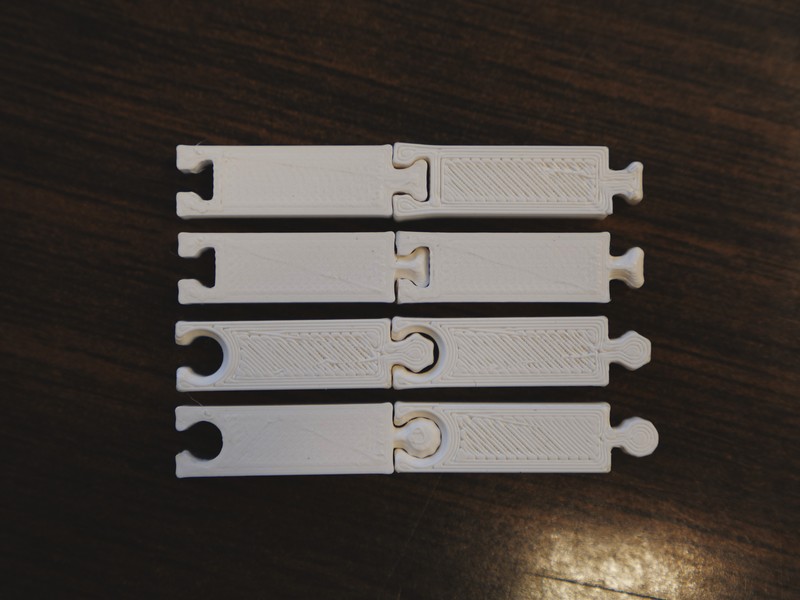
Focussing on the connector element, I tried to gradually increase the tolerances on the connector. The dovetail shape prints a little sloppy due to the sharp corner. I settled on a 10-sided polygon.
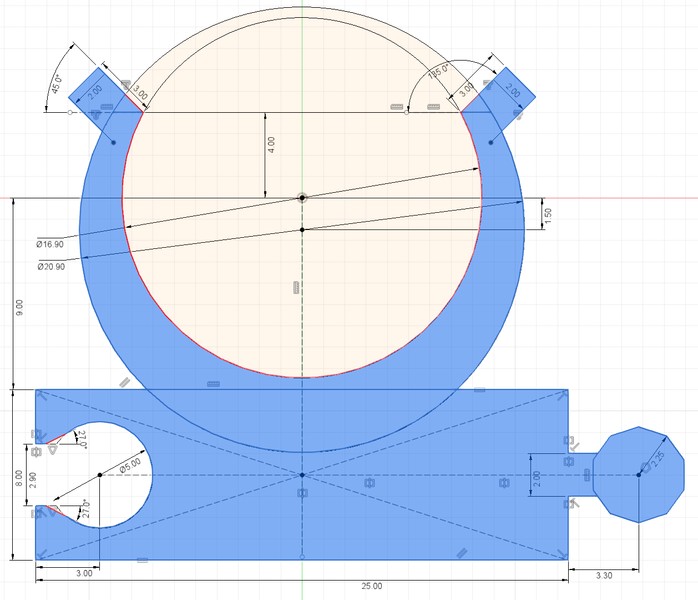
Clamping tolerances: the tool holder part that will be clamped is 17mm in diameter. The inner cirlce of the clamp is 16,9mm. The neck of the connector has 0.45mm tolerance on each side. The poligon has a 0.25mm tolerance on it's radius.
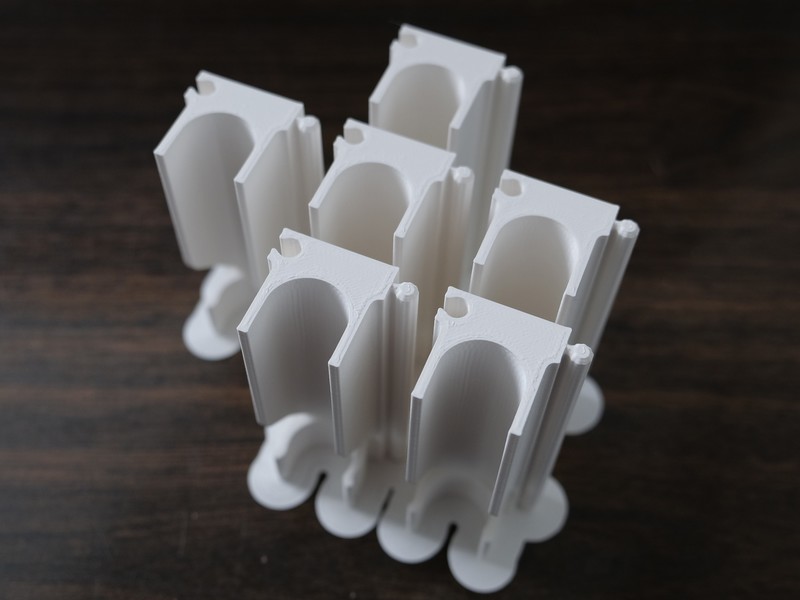
The pieces are designed to be printed vertically. This prints sligtly slower, but more can be printed at once.
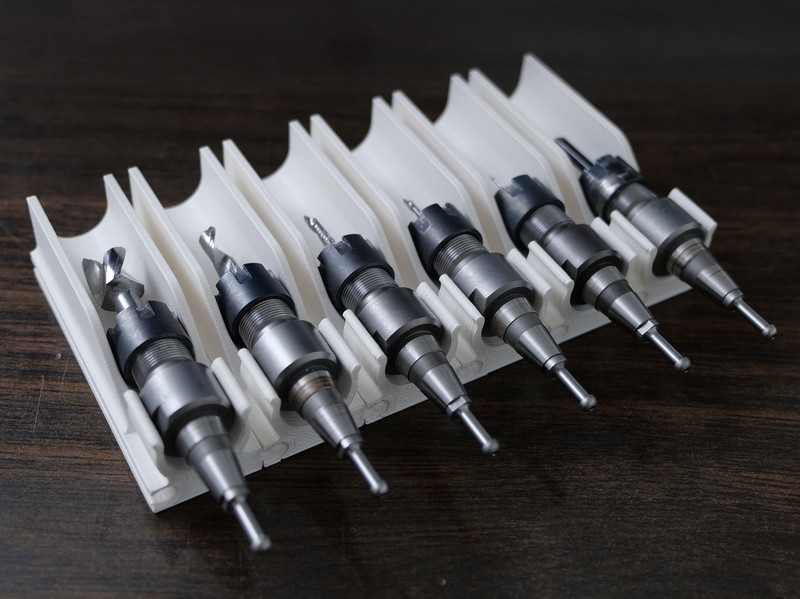
The holders attach fairly easily while still having a firm connection. All the pieces need to be printed on the same machine. Even different printers from the same brand and model have slighty different results. This causes the friction fit to be too loose or too firm.
Edible jewelery
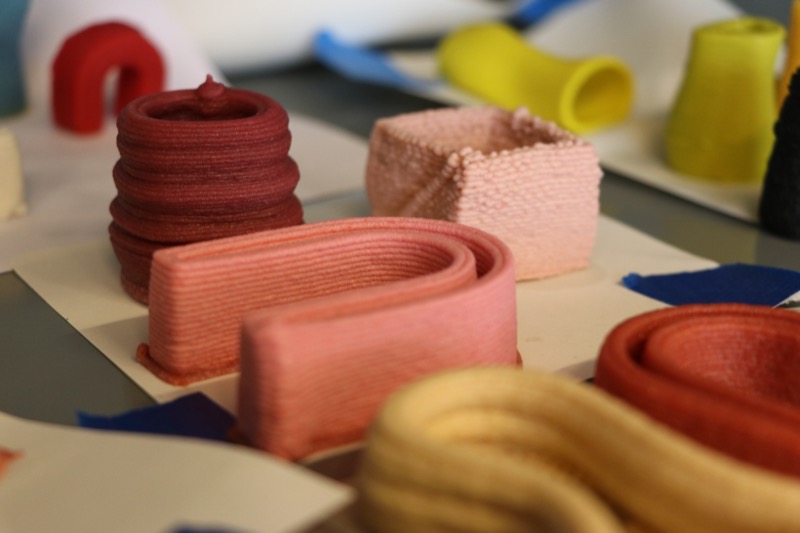
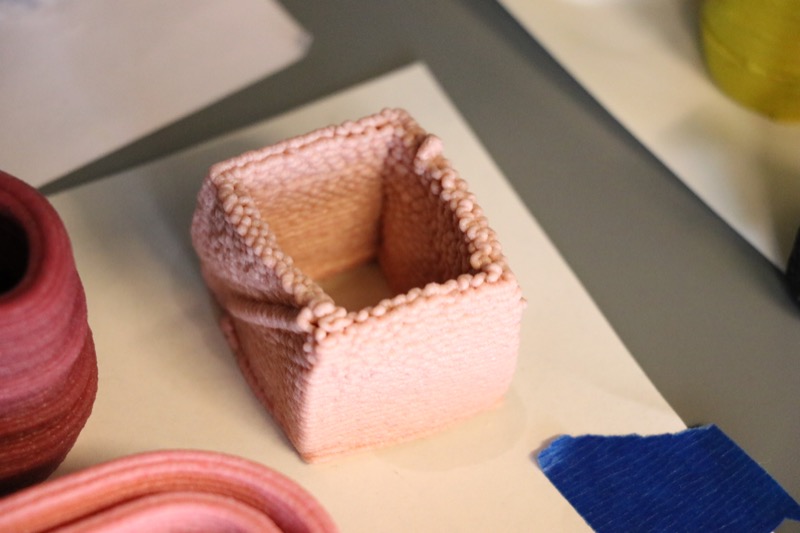
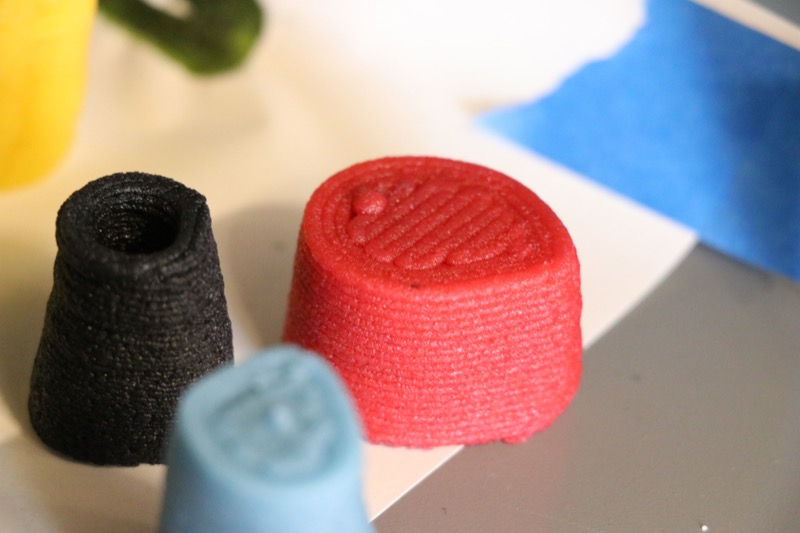
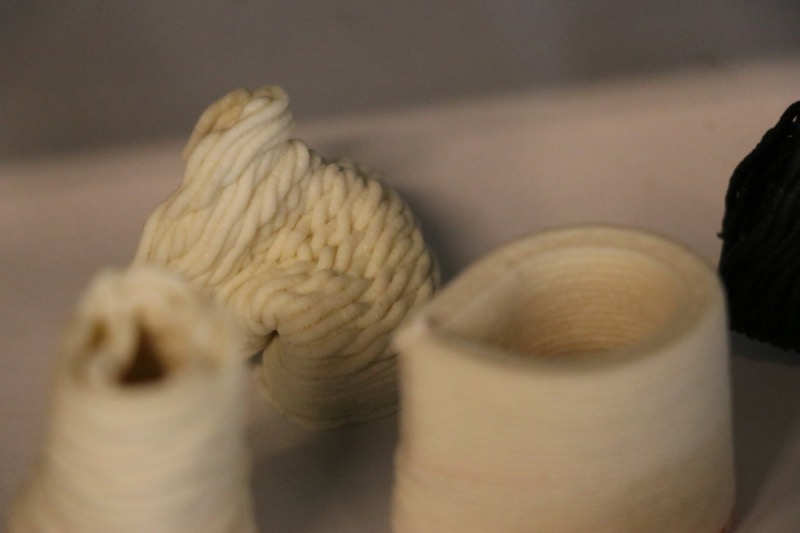
Janne Claes wanted edible versions of her 'Surface/Object D' jewel designs. In Formlab, she experimented with marzipan, home made pasta dough and a mixture of algae and agar.
Research notes edible jewelry
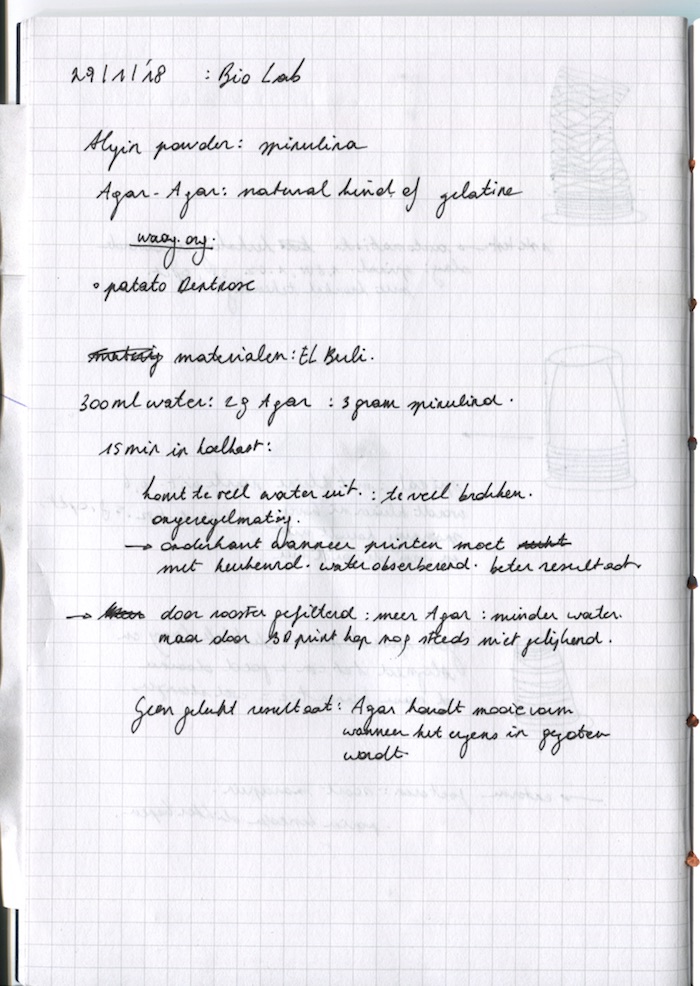
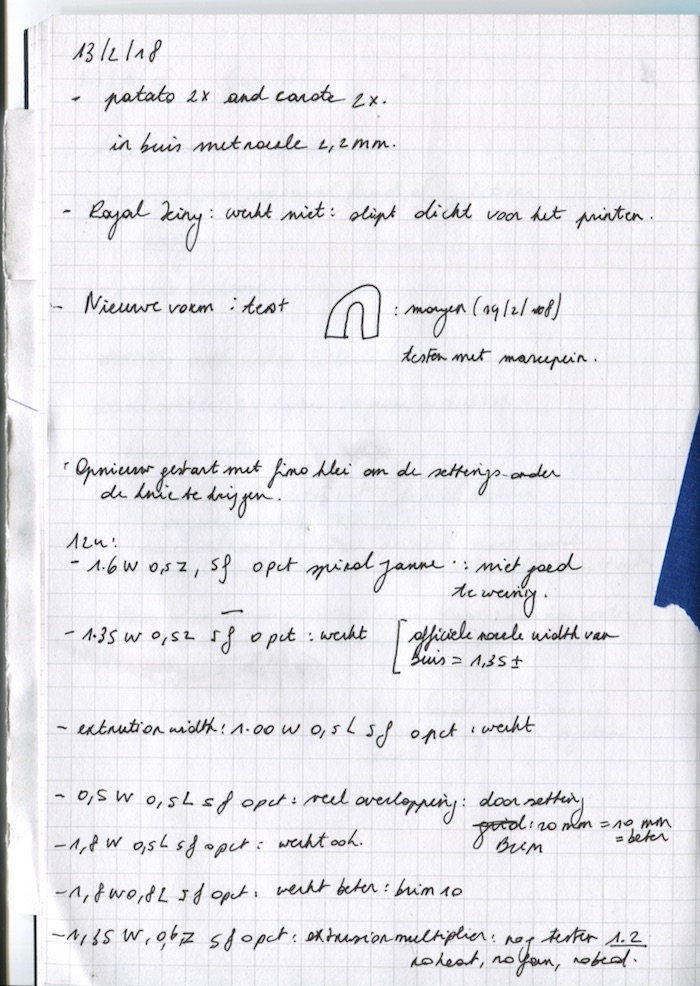
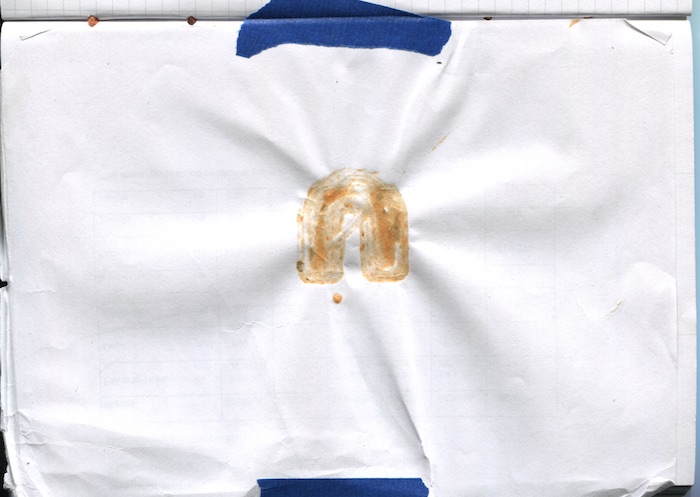
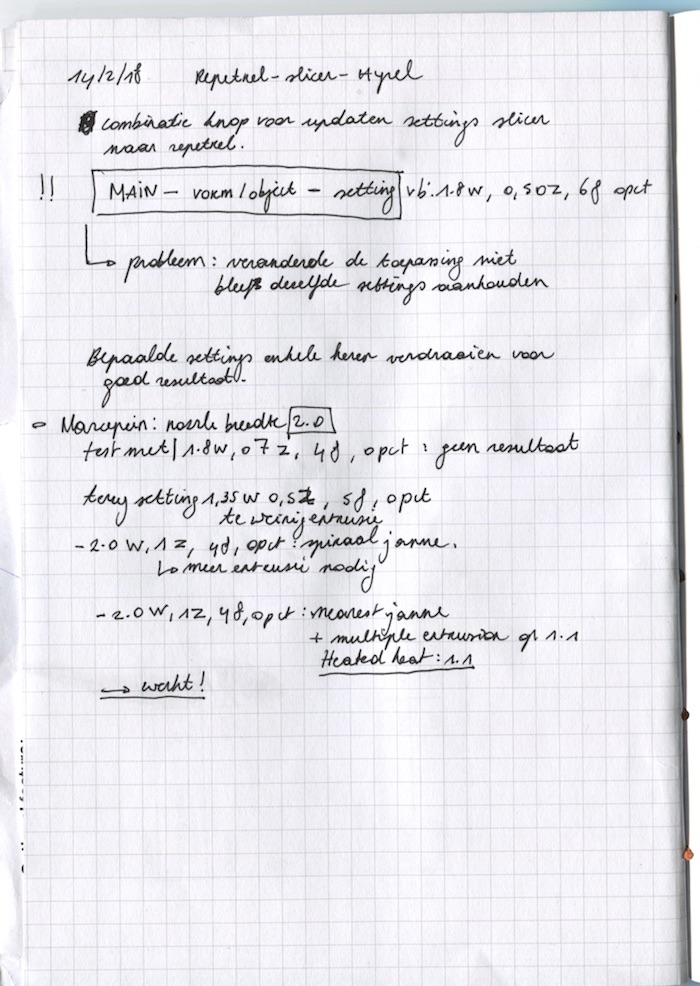
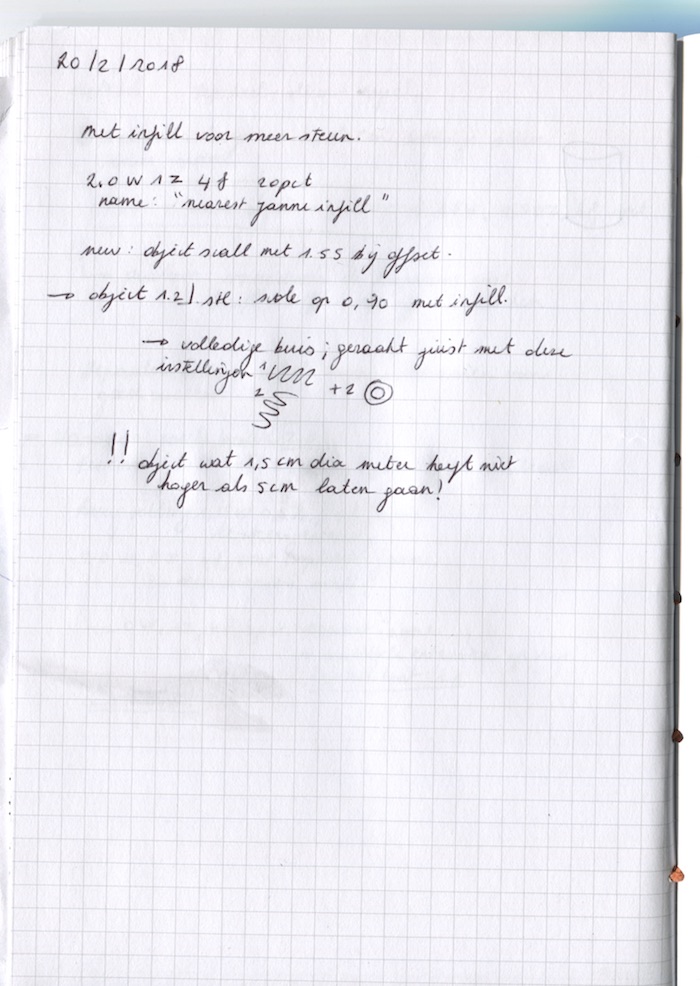
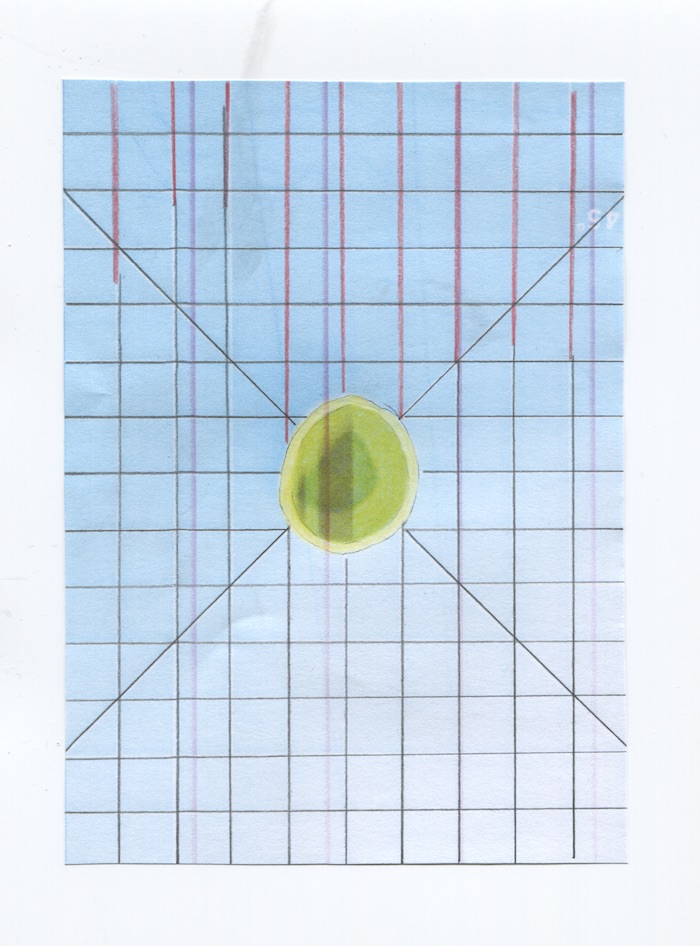

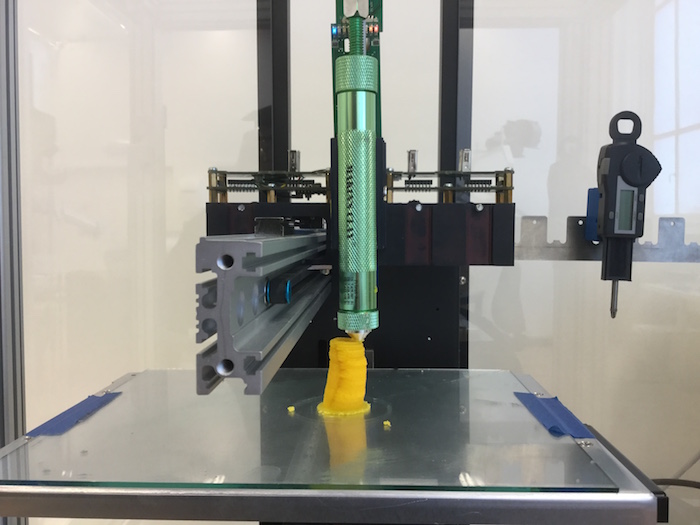
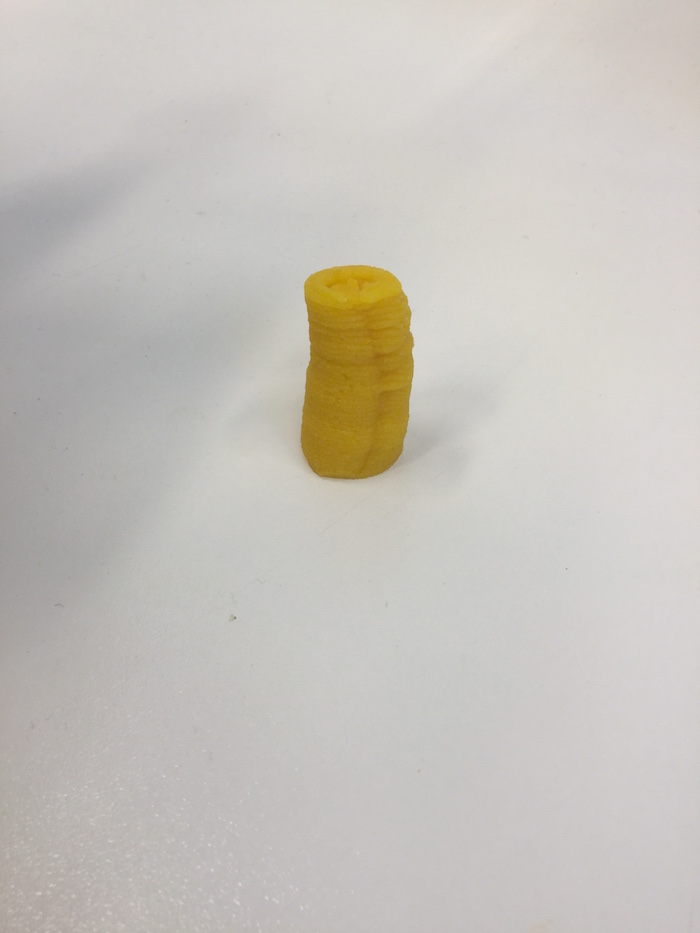
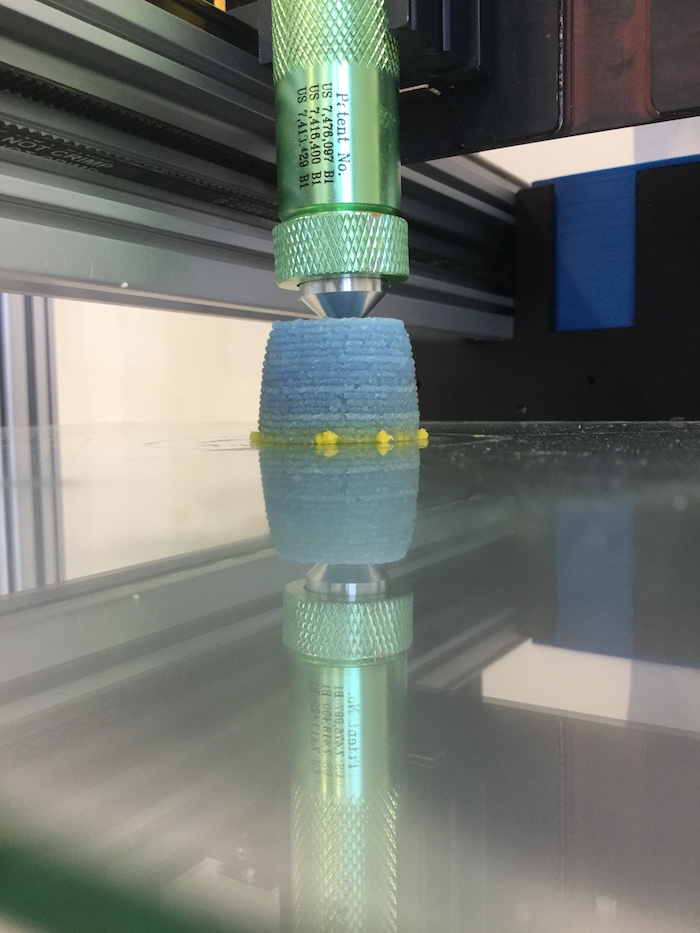
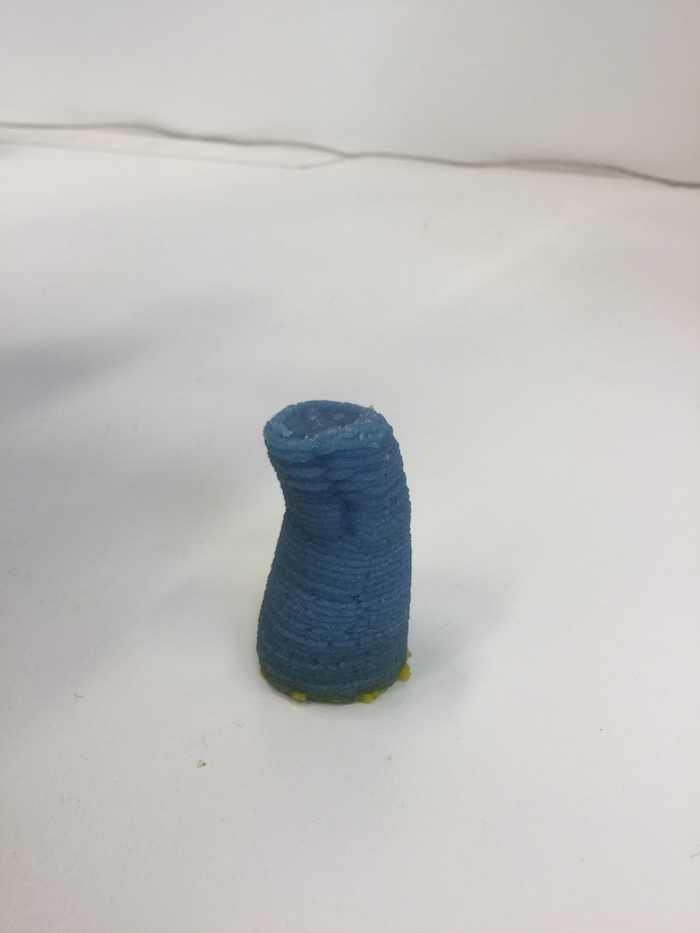

Janne makes Thomas eat one of her 3D printed tests with a yellow color.
Proof that an edible algae 3D print edible.
This is what's inside the tube when testing a print with an algae and agar mixture.
